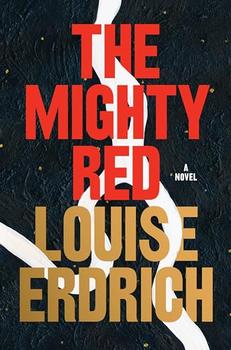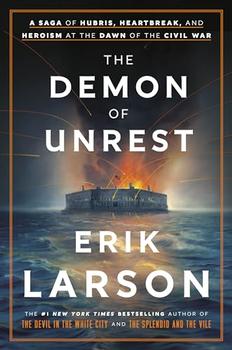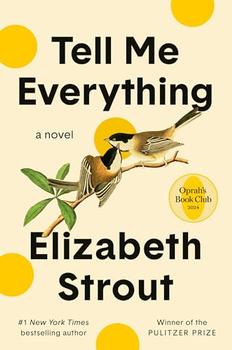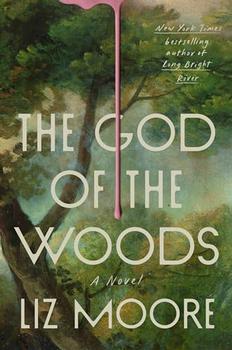(12/26/2011)
Animal, Vegetable, Miracle is the 7th non-fiction book by Barbara Kingsolver. Co-written with her husband, Stephen L. Hopp, and her daughter, Camille Kingsolver, this book details her family’s experiences during the year they decided to become locavores, trying to obtain their food locally, either from their own garden or farms close by, and thus eat seasonally. But this book is much more than that. It gives us the low-down on many, often controversial, subjects such as GM foods, Mad Cow Disease, Free Range and Organic produce, evolution, vegetarians and vegans, as well as Farmers Markets, cheese making, canning and bottling, seasonal eating, and breeding chickens and turkeys. There are many delightful, illustrative, and often educational anecdotes that occasionally had me laughing out loud. There is a timely warning for those evolution-deniers, the creationists, as well as the ironic method the Slow Food movement has employed of saving rare breeds: getting more people to eat them. The ultimate aim of eating food which has been produced in a manner that means it tastes good and is good for both the eater and the environment seems like a worthy one. This book is thought-provoking, inspiring, and practical, with recipes and meal plans by Camille. The side-bars by Stephen L. Hopp are informative and, at times, revelatory. I don’t know how much of what is in this book is applicable to where I am (Australia), but it will certainly have me looking at and thinking about where my food originates. A very interesting read.



